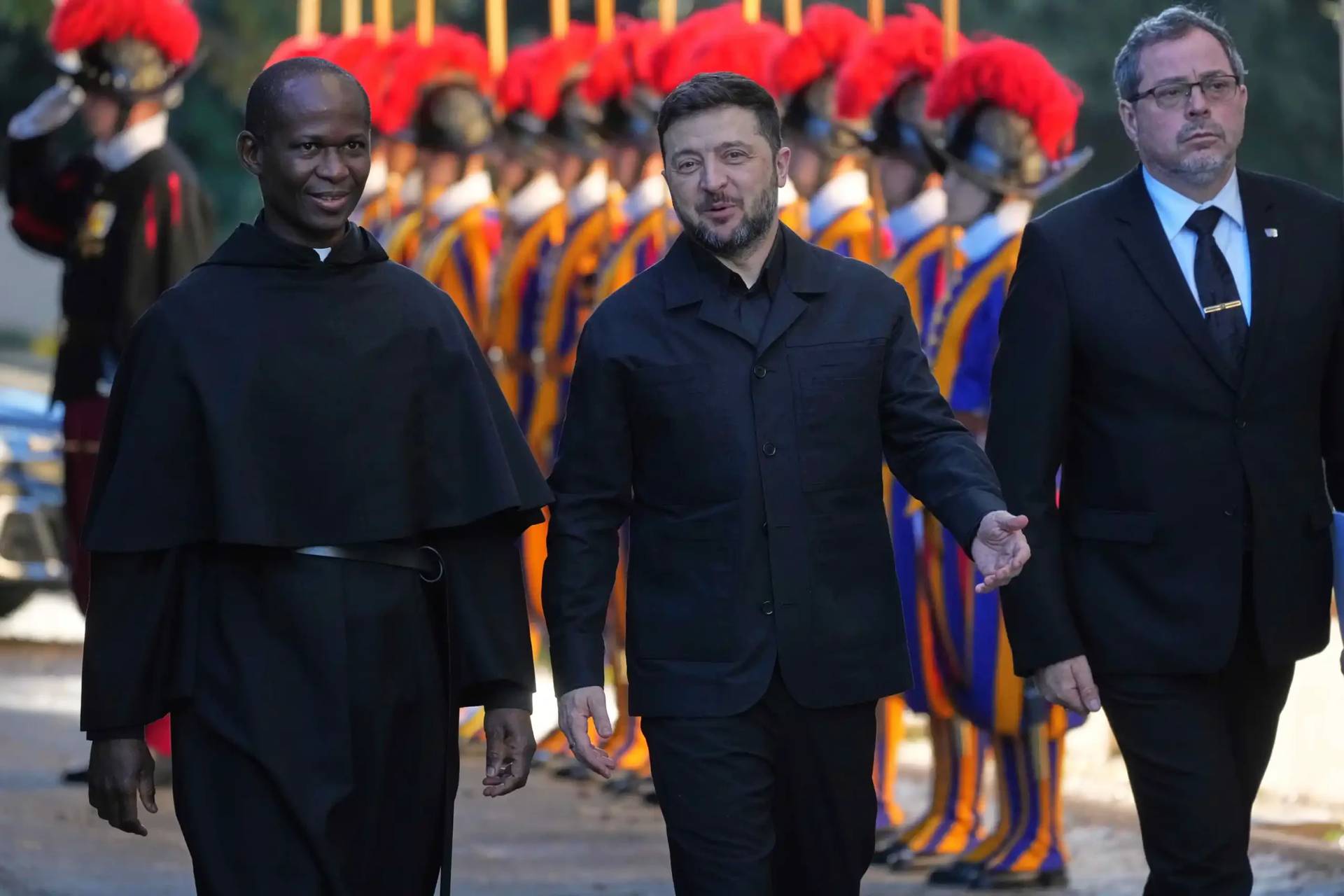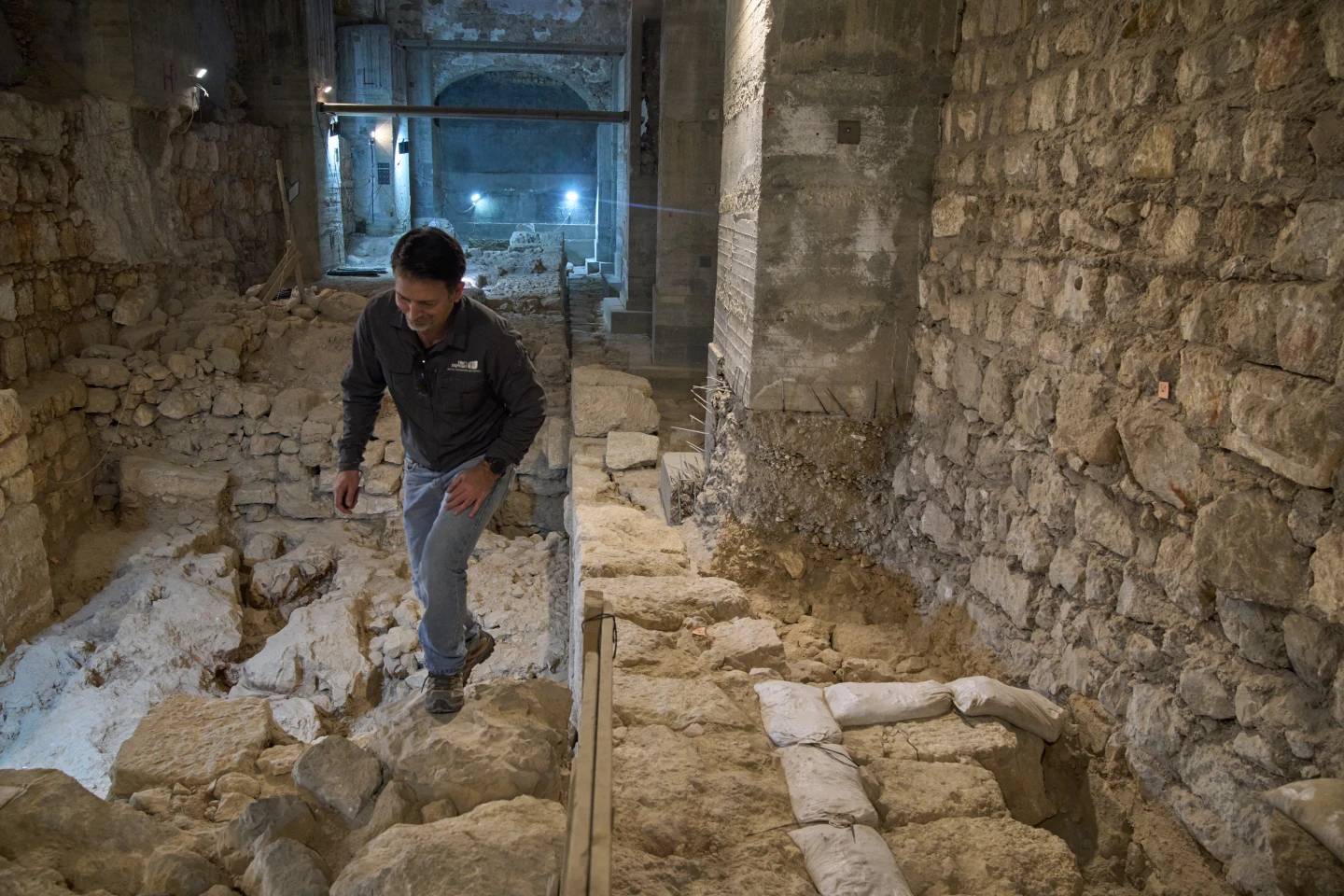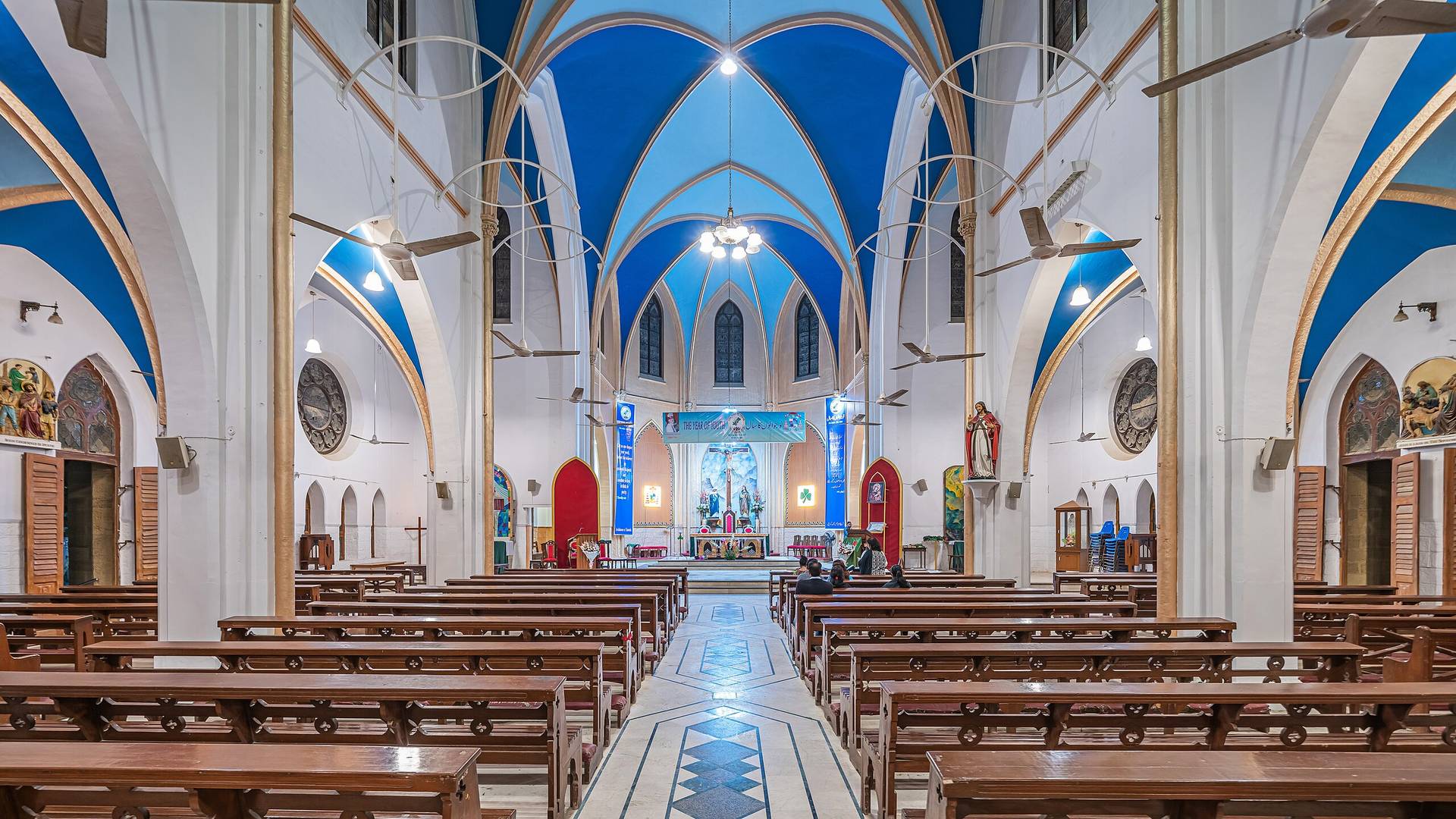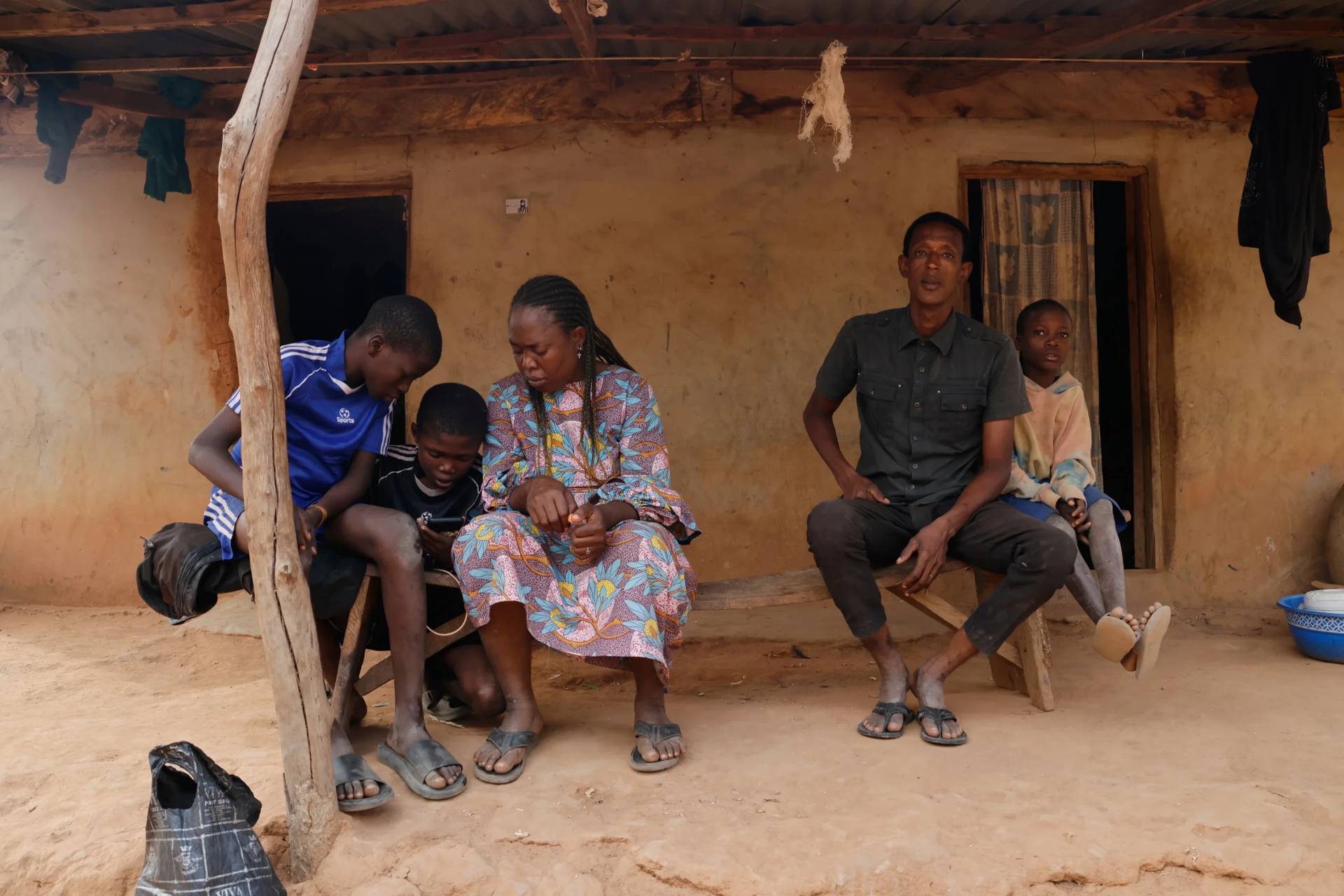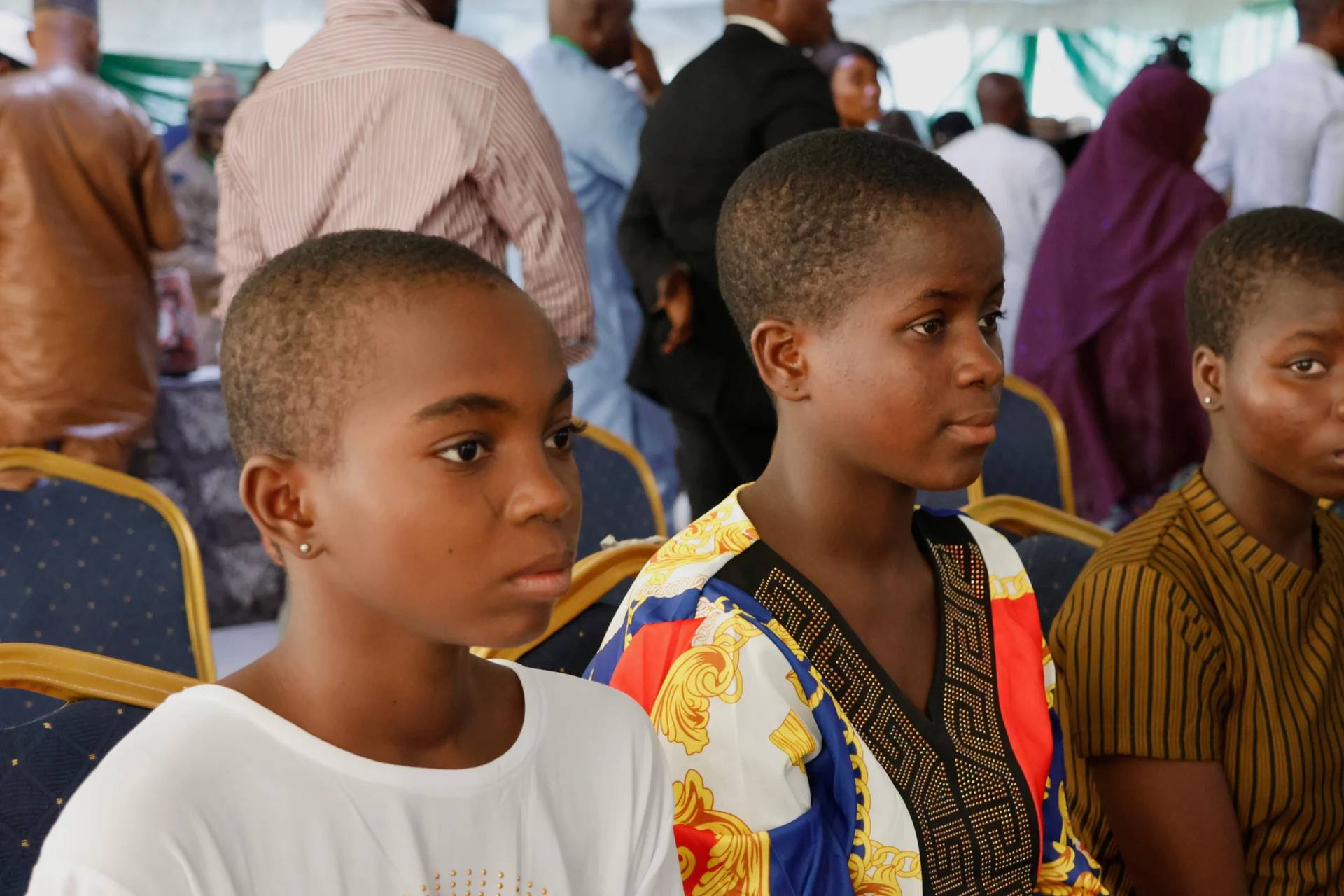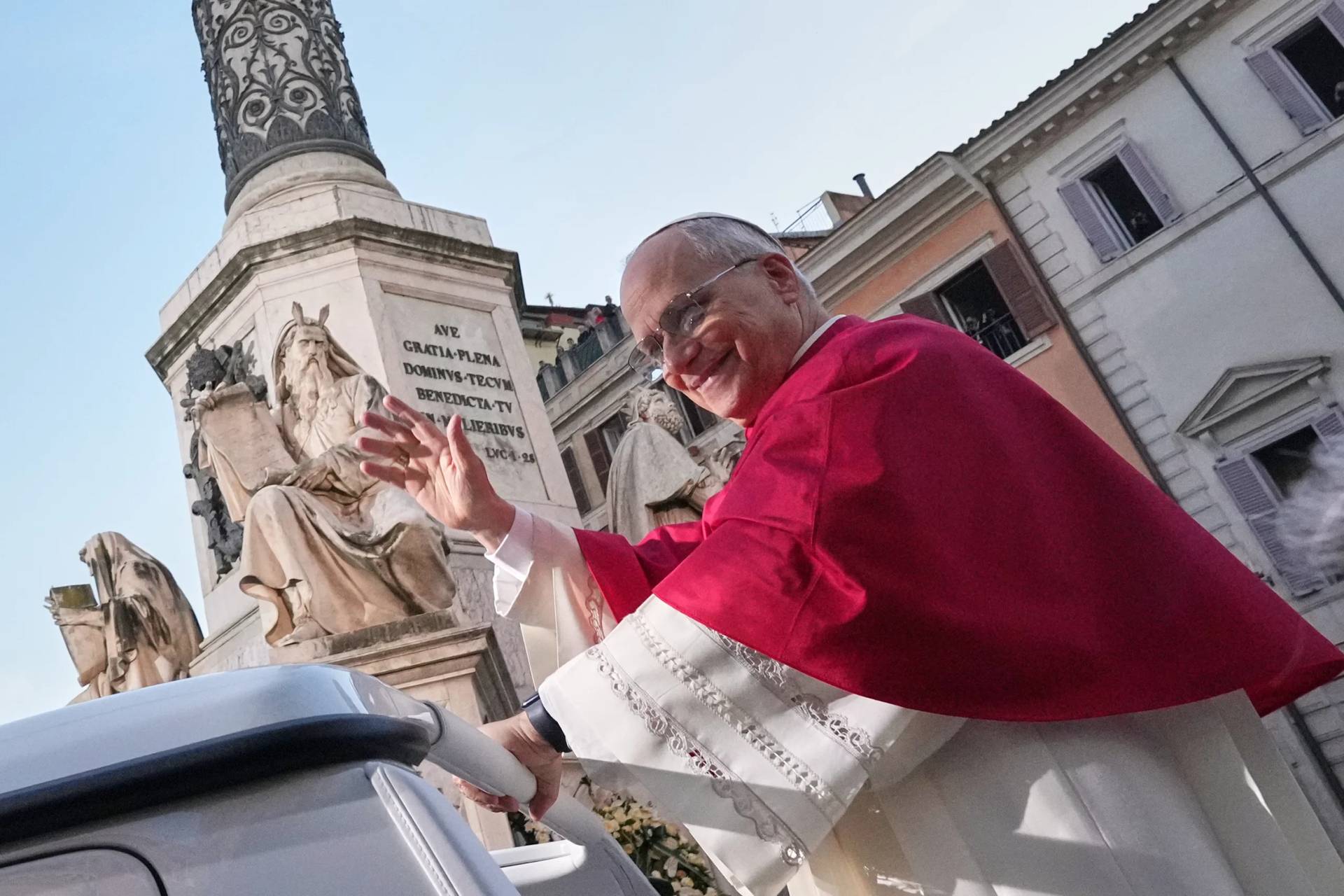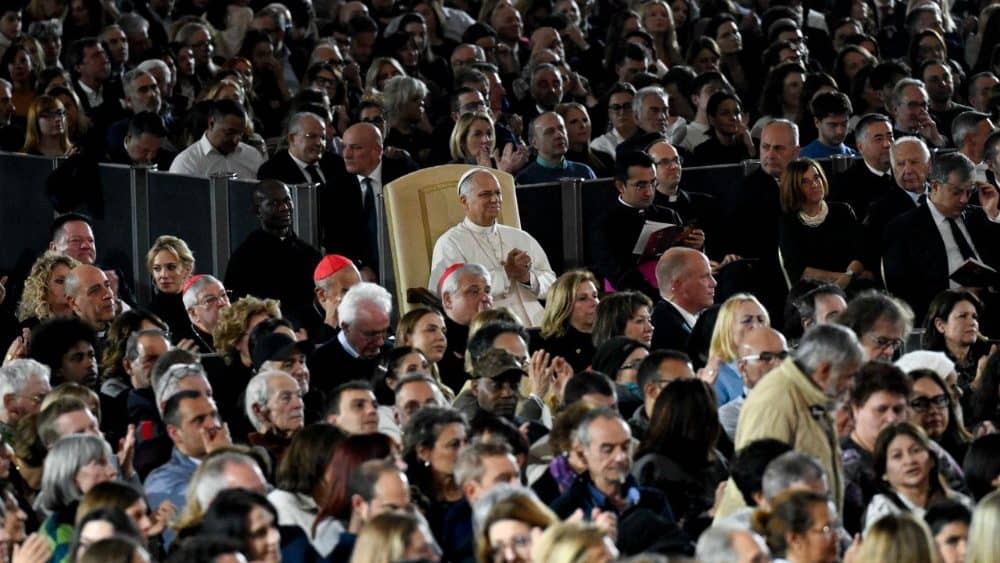ROME – A preliminary outline of Pope Francis’s coming apostolic constitution on the Roman Curia reveals the merger of several more departments and an increased emphasis on the presence of laity as part of a reform hinged on decentralization and synodality and fueled by evangelization.
Tentatively titled Praedicate Evangelium, a draft of the constitution has been sent to the heads of all Vatican departments, bishops’ conferences, nuncios and certain law institutes, whose comments are being studied before the document’s publication.
According to a preliminary outline of the constitution which Crux has obtained, it seems the overall tone of the document will heavily stress the topics of synodality, the need for more lay leaders, including women, and a “healthy decentralization.”
Another priority for the reform appears to be the need to streamline, reducing the number of curial departments and “rationalizing” their functions in order to avoid a repetition of competences and to be more efficient and economize.
Divided into nine different sections, the outline shows the first three are dedicated to explaining the concept and function of the Roman Curia and its general norms. The following sections cover the structure, competencies and functions of the curial offices, referred to as “dicasteries.”
According to the outline’s first section, the constitution “is aimed at putting into practice in a more radical way the work of the Curia today, amidst the changes within the Church that are at the heart of this new step in evangelization that we are called to live.”
Decentralization
In the spirit of both decentralization and synodality, the outline says the life of communion in the Church “has the face of synodality,” which must be expressed at all levels – with the people of God themselves, with bishops and with the pope.
The first part of the outline says episcopal conferences, continental groups included, “are among the more significant ways to express and serve ecclesial communion in various regions with the Roman pontiff, guarantor of unity.”
The Curia, it said, will be tasked with sharing the Church’s experience in the form of best practices, creative suggestions, and ideas for how to fix problems, thus acting as “a platform or forum of communication” between the local churches and the bishops’ conferences.
“The Curia does not stand between the pope and the college of bishops, but she is in service of both,” the outline says.
Bishops’ conferences will be empowered under the new reform, in the sense that the constitution, according to the outline, will require greater consultation with them on the part of the Curia before making major decisions that affect them.
In the third section of the outline, it says that documents dealing with a specific area or region “must be presented to the interested bishops’ conference before being published by the Curia.”
One example of how this regulation may prove beneficial can be summarized by comments made by a Vatican curial official who, speaking to journalists on the margins of a conference held at the Pontifical University of St. Thomas Aquinas a few years ago, said there had been issues in certain African nations following the publication of the new translation of English liturgical texts in 2011.
According to the official, after the new missal came out in Advent of that year, some bishops in African English-speaking nations had said certain parts of the new translation were problematic from a cultural point of view, such as the translation of the responsory phrase “and also with you,” to the newer version, “and with your spirit.”
Given the prominence of polytheistic religions in many African countries, bishops said the new translation caused difficulty for them, and were unhappy that they had not been consulted prior to the translation’s release.
Should it come to fruition in the final version of the constitution, requiring bishops’ conferences to look over a document relevant to them prior to its publication would be in step with Francis’s decision in 2017 to grant episcopal conferences the task of preparing and approving texts that had been translated from the original Latin, leaving the final approval in the hands of the Vatican.
The decision would also be in line with Francis’s decision to decentralize the marriage annulment process, allowing in his 2015 streamlined norms for bishops to be the judges of cases in their own dioceses, rather than having the cases sent to the nearest metropolitan diocese, or to Rome.
Dicasteries
When it comes to the dicasteries themselves, the main priorities for the reform written into the constitution, according to the outline, focus on merging departments, the inclusion of more laity and women in authoritative positions in the Curia, and a more international mix of curial officials.
Despite the hierarchal appearance of how the outline is organized, the third section of the outline insists the dicasteries and other offices of the Roman Curia are “all equal with one another from a juridical standpoint.”
On the role of laity, not only does the outline state that a layperson can preside over a dicastery, but lay leadership is encouraged in fields of family and life, the promotion of peace and justice, the economy and care of creation.
Under the heading of the dicastery for Laity, Family and Life, the outline says that a key task will be to deepen the reflection on the relations between men and women “in keeping with their reciprocity, complementarity and equal dignity.” The “feminine genius,” it says, must be promoted in the Church along with women’s participation in leadership roles.
The dicastery will also be responsible for gathering and proposing models for pastoral accompaniment, formation and integration for both divorced and remarried couples, as well as for faithful who, in certain cultures, live in polygamous relationships.
As reported by Spanish magazine Vida Nueva earlier this year, among the most notable of the expected changes is the prominence given to the Secretariat of State, which has been a sore spot for many-a-past pope who sought to diminish its power.
According to the outline, the Secretariat of State – which will keep the third section added by Francis overseeing diplomatic personnel – appears first on the list of curial dicasteries, followed by what will be a new mega-department for evangelization.
This new department would merge two existing curial offices: The Congregation for the Evangelization of Peoples, also called Propaganda Fidei which is tasked with overseeing so-called “missionary territories”; and the Pontifical Council for the Promotion of the New Evangelization, created by Pope emeritus Benedict XVI in 2010 in a bid to counter the growing secularization of Western nations.
A new dicastery for “charitable services” will also be created, which will answer directly to the pope. The department will absorb what is currently known as the Office of the Papal Almoner, whose funds come from donations made to the pope as well as the Vatican’s central bank, the Administration of the Patrimony of the Apostolic See (APSA).
The constitution will also see the merger of the Congregation for Catholic Education and the Pontifical Council for Culture into a new dicastery for “education and culture.”
It is unclear what will happen to the Congregation for Bishops and the Pontifical Council for Legislative Texts, neither of which appear in the outline of the constitution. It is likely that these departments, if not included in the final constitution, will be merged with other departments holding similar competencies.
Coupled together with the pontifical academies, according to the outline, will be measures for the creation of a new institution or agency charged with evaluating and promoting universities and their faculty.
The Pontifical Commission for the Protection of Minors will also form part of the Curia, serving as a consultative body to the Holy Father while maintaining its autonomy. Its primary task will be to work with bishops’ conferences and religious superiors in applying local guidelines for safeguarding minors and vulnerable adults.
These changes are a continuation of reforms already implemented by Francis, like the merging of the Vatican’s media offices into the Dicastery for Communications; the merger of most of the pontifical councils into two mega-structures – The Dicastery for Laity, Family and Life and the Dicastery for Integral Human Development; and the creation of the Secretariat for the Economy and the Council for the Economy.
Publication of the document was originally expected to happen in June, however, due to the vast response to the text, consisting of more than 200 pages of comments, publication has been delayed and is tentatively set for September, though it will likely be later.
Follow Elise Harris on Twitter: @eharris_it
Crux is dedicated to smart, wired and independent reporting on the Vatican and worldwide Catholic Church. That kind of reporting doesn’t come cheap, and we need your support. You can help Crux by giving a small amount monthly, or with a onetime gift. Please remember, Crux is a for-profit organization, so contributions are not tax-deductible.






